PPC and paid search are commonly used as interchangeable concepts, which is not necessarily wrong due to their similarities, but they also have several differences. A few years ago, when advertisers and publishers talked about PPC, they referred to it as paid search. But nowadays, PPC involves more than just showing ads on a search engine results page.
Almost all paid search ads are PPC ads, but not all PPC ads are paid search ads.
Paid search and PPC are complementary and can work together without problems since the first entails displaying ads on search engines. At the same time, PPC goes beyond addressing a payment model where an advertiser pays per click and also integrates other platforms, like social media.
But in a PPC vs. Paid Search scenario, which is the best? This article unravels the truth of both concepts. So you can make the best decision of what strategy to use to reach your objectives.
What Is PPC?
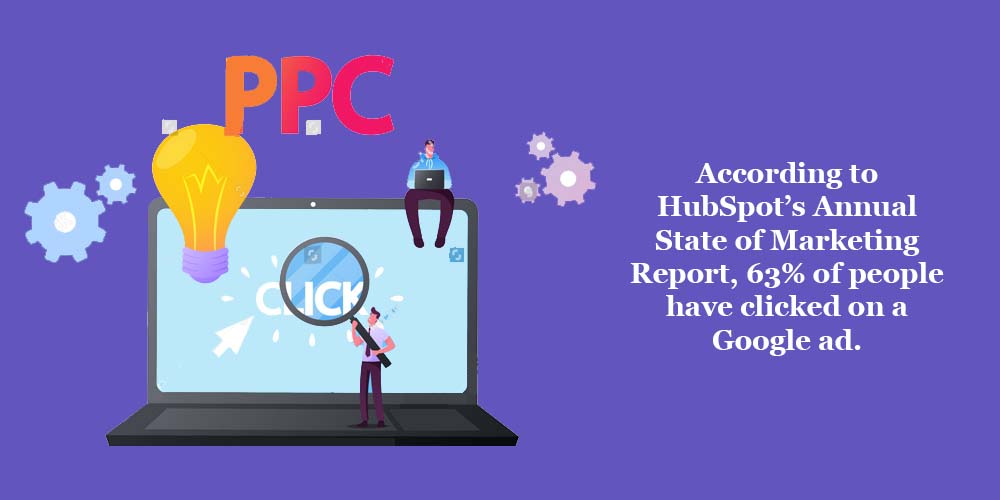
PPC, Pay-per-Click, is an SEM (search engine marketing) strategy that refers to a business model where an advertiser pays a particular publisher any time a user clicks an ad. PPC ads can appear on a wide range of platforms and websites, turning it into one of the most attractive methods of online advertising to reach potential customers with a controlled budget.
Types of PPC
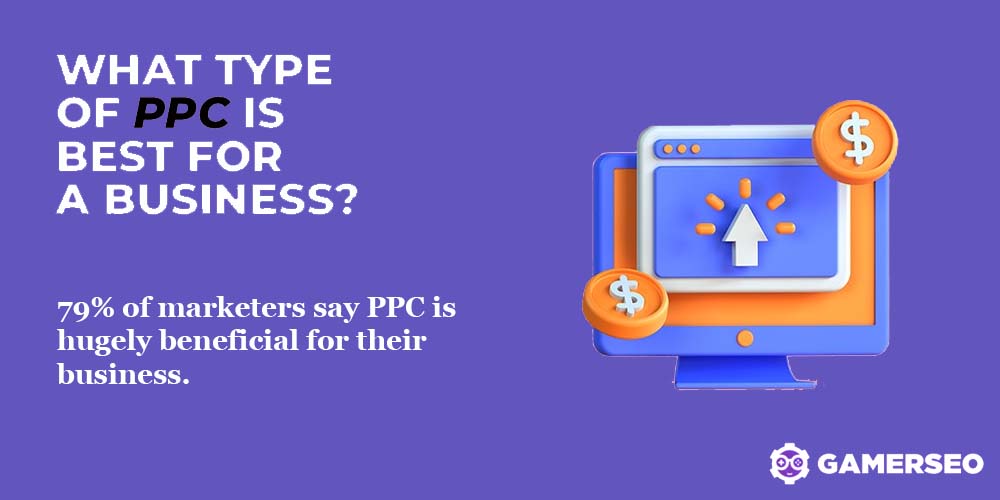
PPC considers multiple ways of advertising and various platforms offering this type of digital marketing to retailers and marketers. The most common types of Pay-per-Click PPC advertising are the following:
- Search advertising. Search ads appear in SERPs. We’ll delve into this topic below.
- Display advertising. Display ads, or banner ads, are advertisements that appear to users according to their behavior and interests. For example, if an Internet navigator enters an online gaming store, they probably will see a display ad related to games while navigating through other platforms. Another example would be ad banners you find on news websites.
- Social media ads. Most social media platforms give you the chance to show your ad on their feed. This method works similarly to classic PPC when you pay anytime a user clicks your ad.
- Video ads. You can also publish your brand and products on YouTube and other platforms over the same system.
- Remarketing. It is an extension of display advertising since it addresses users who previously have interacted with your brand or product.
- Call-only ads. These ads are a special type of PPC campaign that involves paying only when a potential customer calls the business by phone.
How Does PPC Work?
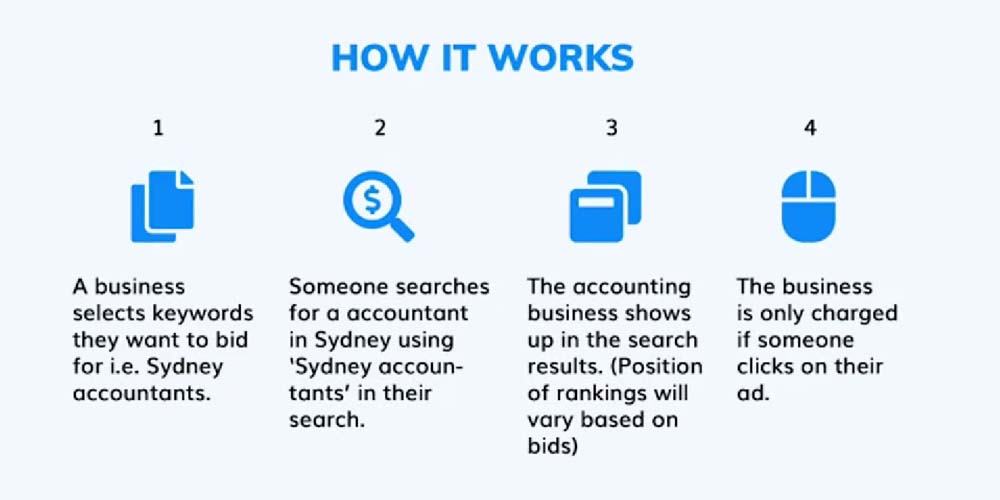
The core of the PPC model is the following: advertisers pay only when an Internet navigator clicks one of their ads, regardless of the platforms where the ad has appeared. But if this condition happens, the advertiser should complete a simple multi-step process.
First, the advertiser must select the platform of their preference – remember that Microsoft Advertising is also a good alternative. Once there, and according to their website, the system will propose a series of keywords related to the industry. You bid on specific keywords you consider significant to users looking for your products or services and matching their search queries.
If the keywords on your bid are related to a user’s search query, an auction will start based on those keywords. If you’re the winner of the auction, your ad will appear on the platforms you’ve chosen, for example, on the search results page of the engine you chose.
However, a PPC strategy allows you to specify your target audience and the ad spend by selecting specific demographics, the location, and negative keywords, and even create ad groups to facilitate the management. Other criteria that can define targeting are the following:
- Device targeting. The device through which your ad will be displayed to the user.
- Day and time targeting. The time of the day you prefer your ads to be displayed to customers.
The programmatic advertising system finds relevant ad space on various websites and serves the ad in real time.
We mentioned earlier that PPC reaches several platforms within and outside of Google. Some of the most important are the following:
- Google Ads. These correspond to the ads that appear on the search results page of Google. Google ads are also part of paid search.
- Youtube. The free video-sharing website of Google is one of the main platforms to display ads of diverse nature. On YouTube, ads can appear before, during, and after reproductions, in the feed, or even in the reproduction’s list.
- Meta Ads. Many advertisers publish advertisements on Meta, formerly known as Facebook, which allows them to position their brands on Instagram and Facebook and promote their services through Messenger or WhatsApp.
- Bing Ads. Currently known as Microsoft Ads, Microsoft Advertising allows you to position your ads in sponsored search results of Bing, Yahoo, and Edge. These ads work similarly to search ads on Google, where advertisers bid on a particular keyword, create their text ads, and participate in auctions.
What Is Paid Search?
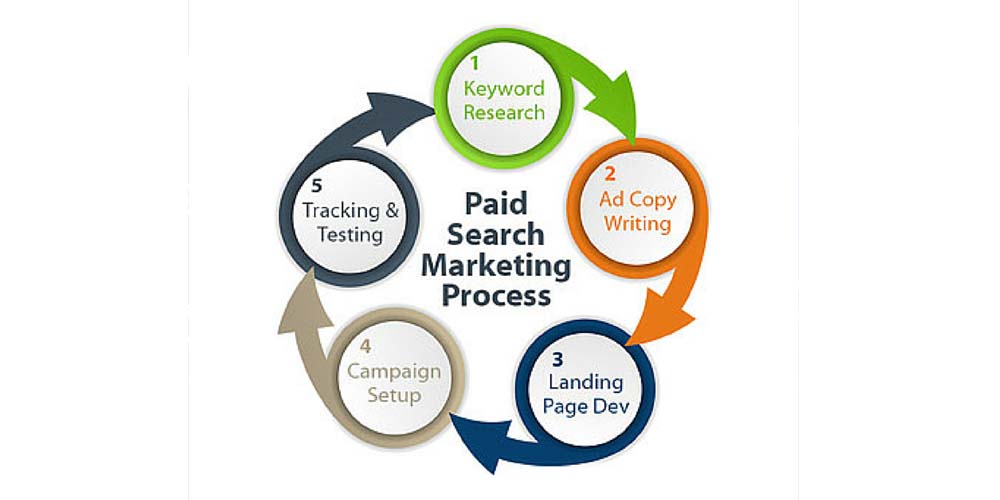
Paid Search is an online marketing strategy that involves the usage of ads placed on Search Engine Results Pages. It describes all paid advertising channels on search engines like Google, Bing, and others.
In this model, the advertiser pays only when an Internet navigator clicks on ads published on the search engines. Paid search includes many other forms of advertising, such as shopping ads, CPM (CoST-PER-Mile), or CPA (Cost-per-Acquisition).
Paid Search Basic Elements
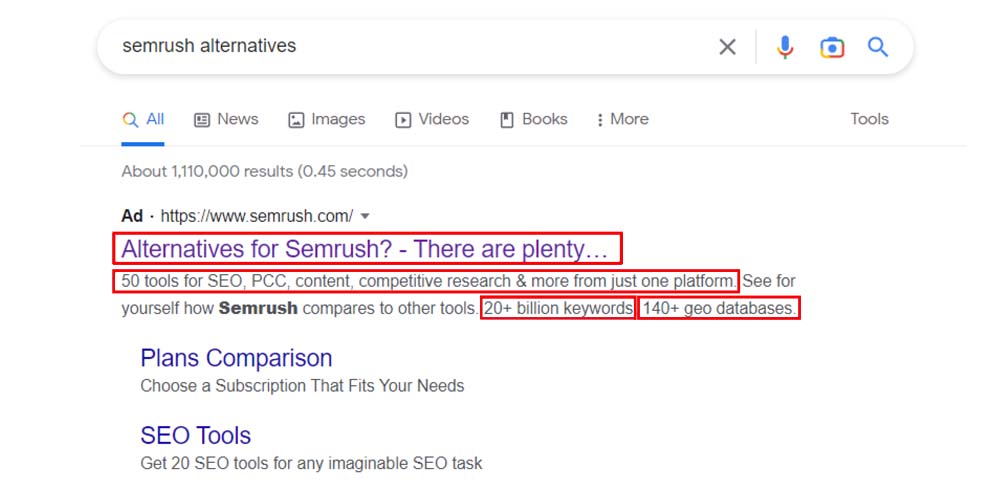
The paid search ads you commonly find on Google search results and other engines are built with three main features.
- The header or title. The header is the largest “message” the user reads when facing your paid search ad. The header is the first element, and it’s marked in blue for a quick visualization. The title should integrate crucial keywords of your industry.
- The URL. It’s located immediately below the header, and it’s marked in green letters. It highlights the website address, and it’s a shorter version of the entire URL.
- The description. It’s the more extended part of the paid search ad since you can write up to 80 characters to describe anything you want. We recommend you use relevant keywords and mention benefits and how the product solves the user’s issues.
How Does Paid Search Work?
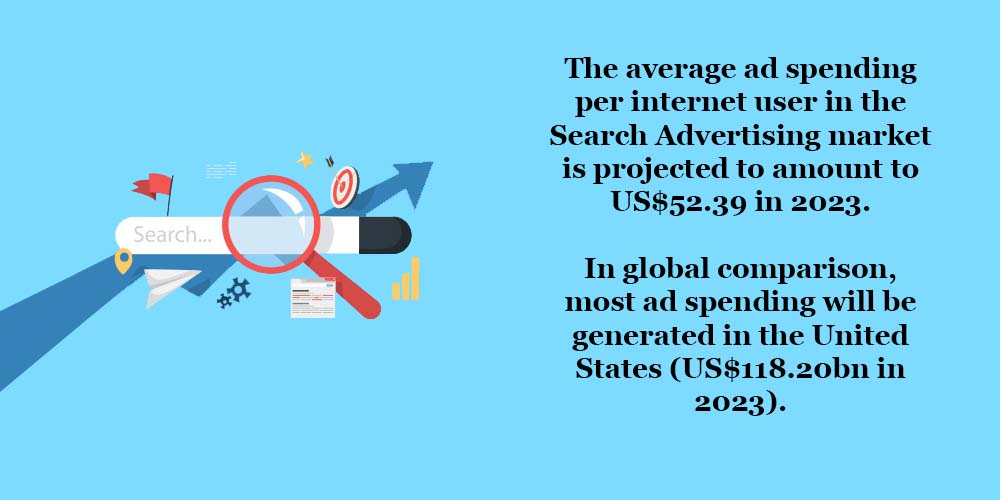
Paid search advertising is based mainly on keywords that are relevant to your industry, brand, product, or service. Remember that your search ad will appear in SERPs above and below organic search results. It means that people typing your keywords will have the opportunity to see your ad if you’ve performed a good keyword bidding.
Having said this, when building your paid search marketing strategy, you bid on keywords that you consider to be the most important in your field. In other words, you establish a determined amount per keyword, let’s say USD 4, hoping your bid wins the auction. In this context, you’re competing with other businesses in the same industry that might be bidding on the same keywords.
Google and other search engines determine which ads have priority and in what positions they are displayed according to the received ad rank. The ad rank in this digital advertising model is determined by the following:
- Bid amount.
- Ad relevance and the quality score.
- The context of the search, i.e., device or time of the day.
- Format impact, i.e., extensions that enhance the format of the ad.
Why Should Your Company Consider PPC?
Releasing a PPC campaign in an advertising platform like Google brings multiple benefits for small and large businesses, increasing positioning and revenue. Some benefits are the following:
- It delivers instantaneous results. Contrary to an SEO approach, a search engine advertising like PPC immediately generates results by displaying your ads to Internet navigators looking for similar keywords to yours.
- It aims at targeted audiences. With keywords bid and demographics, you can set your ads to appear to a specific targeted audience. This way, you know every penny you spend has a high chance of completing a purchase.
- PPC is measurable and adjustable. One of the most beneficial aspects of PPC is the possibility of linking your strategy to Google Analytics to check the results delivered by the ad.
- It increases brand awareness. Some special types of image ads – like display ads that work as ad banners you find on websites of the Google Display Network– increase the brand awareness of your company and give it a positive image.
- It drives traffic and conversions. The final goal of any online marketing campaign is to receive more visitors to the website and landing page. PPC enables businesses to drive more traffic to their websites, which can lead to an increase in conversions, revenue, and better ROI.
What Are the Main Differences Between PPC and Paid Search
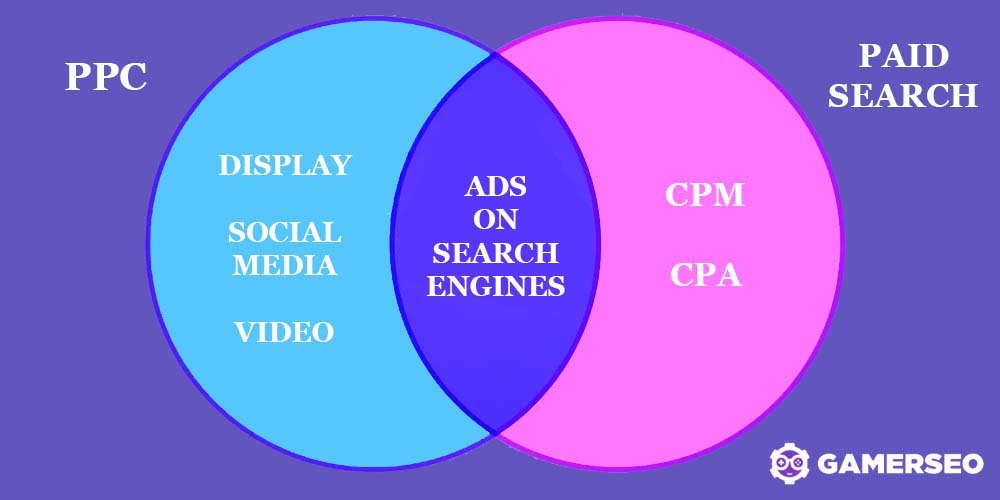
As we mentioned in a previous section, PPC and paid search are not interchangeable, even though some articles and professionals tend to use both concepts as the same. Some experts even talk of paid search as SEM, which can also include an SEO approach. In this case, where the paid search is homologated to SEM, PPC is a fraction of the paid search.
However, we propose a different perspective – paid search and PPC share search engines as the core of both strategies. However, you need to remember that PPC entails just a paying model, but it can refer to other types of media, like social media and particular websites. Paid search only refers to search engines.
In this sense, PPC still works on multiple platforms outside search engines like Google and Bing. PPC also considers social media sites, old and new websites integrated into the Google display network, and other Google services like YouTube. For instance, you can create Microsoft Ads that will be shown in Edge and Microsoft services or Twitter ads that, equally, will be showcased in the fee of the Bluebird platform.
What Other Paid Search Strategies You Can Use?
There are two main alternative ways of paid search. These are CPM and CPA. Both bring additional benefits to businesses interested in increasing revenue by allocating an adjusted budget.
CPM

Paid Search, on the other hand, lets you use other strategies, like CPM. Cost-per-Mille, in online marketing channels, refers to what you, as an advertiser, pay for one thousand impressions. It means 1,000 ads that are correctly loaded and visualized by Internet navigators. The CPM ads are commonly shown on multiple kinds of websites, but not all the same CPM ads are shown all the time to the same navigator.
CPM is more about quality than quantity. This is because CPM campaigns aim to get a high percentage of conversions more than just visualizations. Contrary to PPC, here you do not pay a fee when a person clicks on the ad, but when your ad gets one thousand impressions. The amount you pay for one thousand impressions does not define a good or bad CPM, just if goals are reached and compensate for your investment.
CPA

CPA, or Cost-per-Action, is another type of paid search that involves paying each time a particular action is taken on a specific advertisement. These actions commonñy go beyond impressions or clicks. Most of the time, CPA involves paying per acquisition or conversion. The different types of CPA you should consider are:
- When a user signs up or creates an account on your website.
- When a user registers for a webinar, meeting, or special event.
- A user subscribing to a newsletter or buying a membership or product.
- A user sharing a particular information on social media, like Facebook or Instagram.
- When a user completes a questionnaire or a survey.
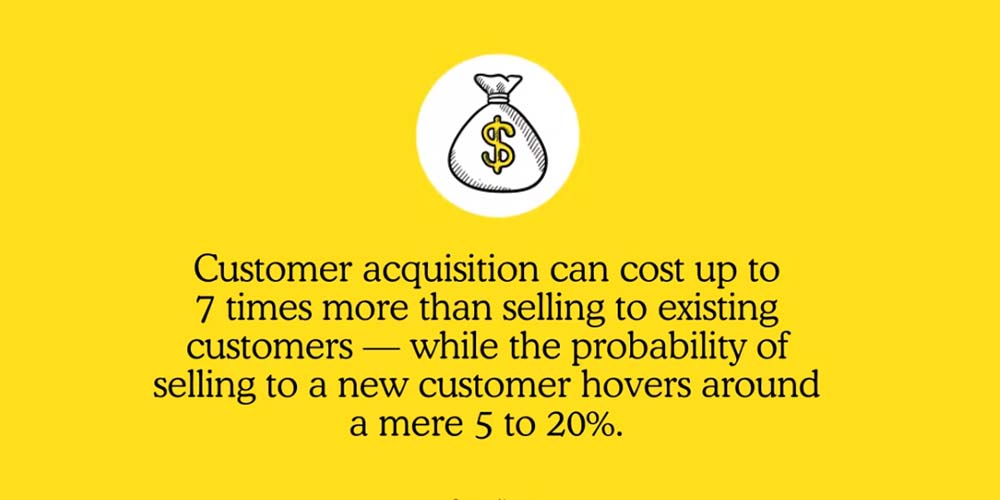
In this type of paid search, you define a final budget that will be paid if the final goal – a determined number of actions or conversions – is reached. It’s when a user searches for a particular keyword, sees your search ad and completes a purchase, then you pay for the action.
Although CPA is considered a metric to measure the success of a campaign, in the actual scenario, where you pay any time an action is completed, Facebook offers the cheapest cost-per-action and one of the best ad formats for such purposes.
PPC vs. Paid Search – Summing It Up
So, what is the best online marketing strategy for your business? Neither one nor the other! As you have been able to read, both PPC and paid search offer advantages your business cannot ignore.
The different ad types your business will be able to deploy and the number of search partners in which your ads will be shown make it necessary for you to adopt both approaches to create a more integrated marketing campaign. And please do not forget an SEO (Search Engine Optimization) approach since it complements and enhances even deeper your marketing strategy.
Still, incorporating search ads – which involves PPC and paid search advertising – is essential since these ads directly increase brand awareness, leads, clients, and the number of sales. If you are looking for a reliable partner regarding your paid ad campaigns, contact the GamerSEO team to reach your business’s goals.

A PPC specialist who started with organic social media. For several years, the core of his activities are:- Google Ads, Microsoft Ads, Meta Ads, TikTok Ads, Twitter Ads, Linkedin Ads. He has led campaigns with a global reach, e.g. for FootballTeam, G2A, ETOTO, as well as many smaller campaigns in the sports, construction and financial industries. Has full focus on ROAS. Privately, a fan of football, history of wars and Star Wars.

